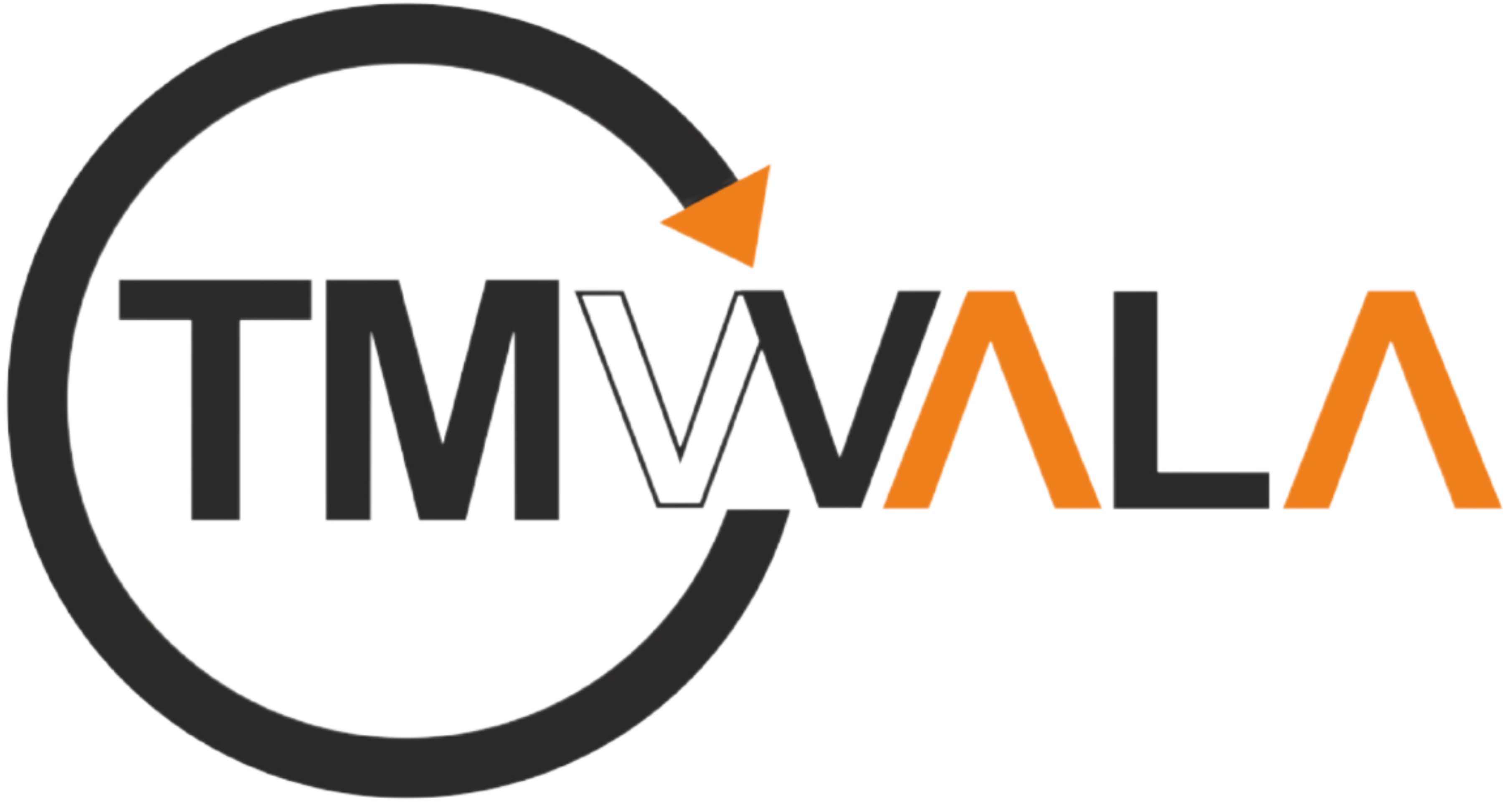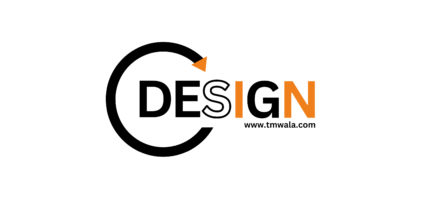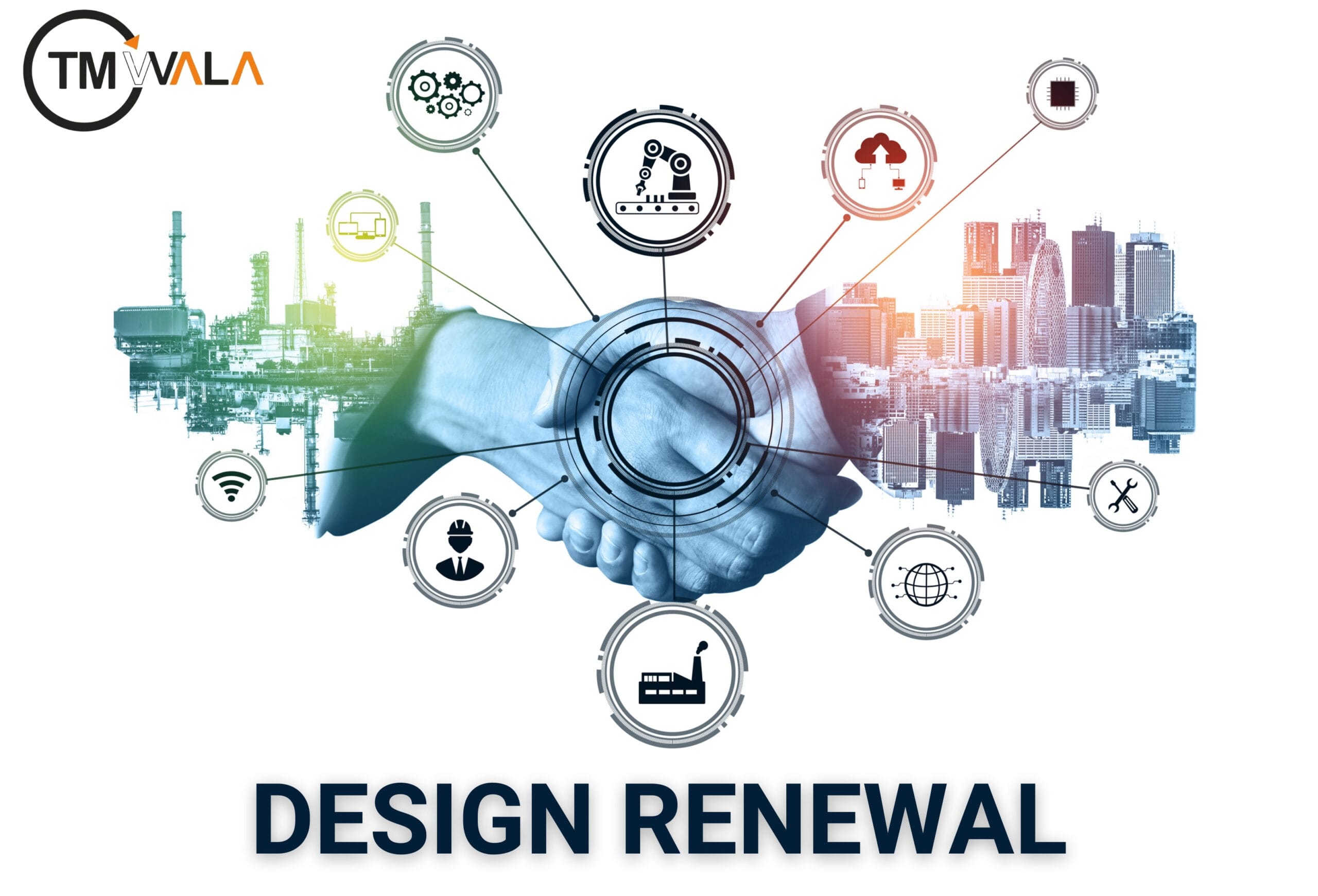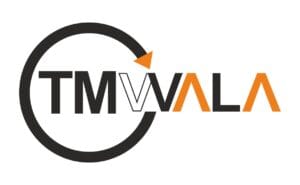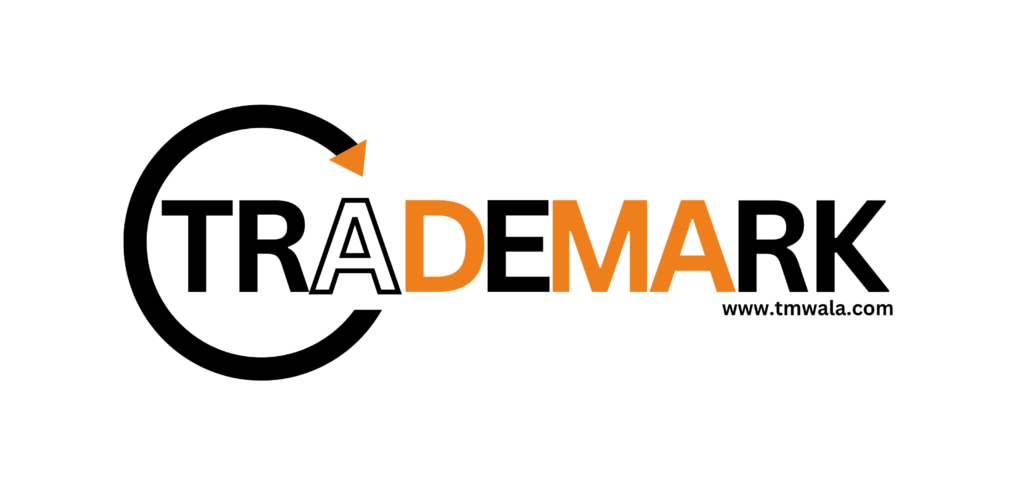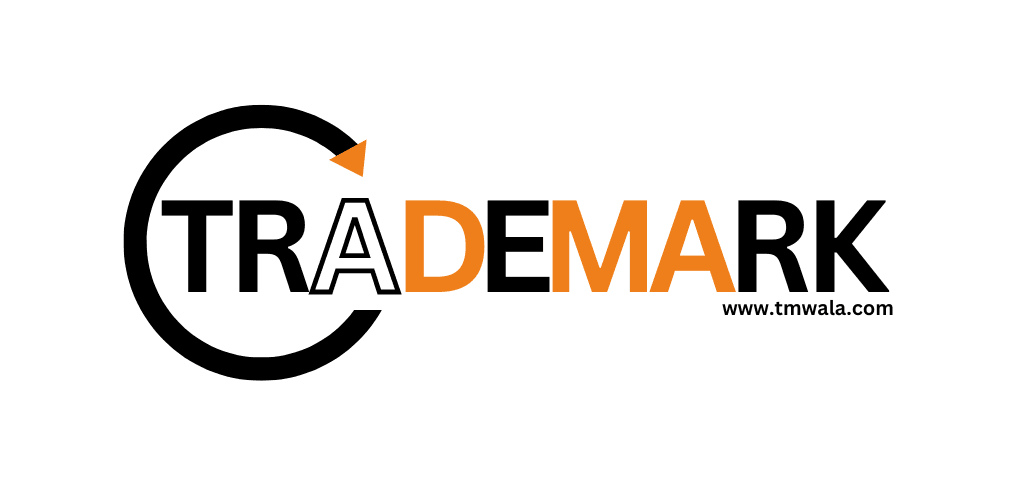INTRODUCTION
The creative design of an industrial product is crucial as it is an intangible asset of intellectual property, the design should be encouraged and rewarded. The Design Act, 2000 plays a vital role in securing the rights of the designers in India. One of the key aspects of such kind of protection is the renewal of design registration in India.
Once a design is registered, it is protected under IP laws specifically the Design Act, 2000. The protection is given for a specific period of time only and to ensure the continued protection of the design. The owner must follow the process of design renewal. This process is formally recognized as the renewal of design registration in India, ensuring legal continuity of protection.
This article explores the importance of Design Renewal, also we are going to discuss about the process and legal framework related to design renewal under Indian law. It emphasizes that how industrial design registration functions within the larger scope of industrial design in IPR and highlights the procedure and significance on intellectual property renewal as to maintain their exclusive right on the design.
Platforms like TMWala can be instrumental in assisting proprietors through the design renewal process, ensuring compliance with timelines and procedural accuracy.
WHAT IS A DESIGN UNDER THE DESIGN ACT, 2000?
Section 2(d) of the Design Act, 2000 defines “design” as:
“The features of shape, configuration, pattern or ornament or composition of lines or colours applied to any article, whether in two-dimensional or three-dimensional form or in both forms, by any industrial process or meansmanual, mechanical, chemical, separate or combinedwhich in the finished article appeal to and are judged solely by the eye.”
This means a design must be visually appealing, not functional. It must not involve the constructional or mechanical aspects of a product. Moreover, it must not be a trademark, property mark, or artistic work as defined under separate laws like the Trade and Merchandise Marks Act, 1958, or the Copyright Act, 1957. Designs that meet these criteria are eligible for industrial design registration and serve as protectable intellectual property assets under Indian law.
The designs that are eligible for industrial design registration under Indian law give creators exclusive rights over how the product will look.
INITIAL PROTECTION PERIOD FOR REGISTERED DESIGNS
As per section 11(1) of the Design Act, 2000, when the proprietor of the design registers the design, he gets the copyright of the design for next 10 years from the date of registration. Because of this the proprietor get exclusive right to use the design in his articles and can take legal action against any person who did the unauthorized use of the design or copy the design.
However, if the proprietor wants to extend the time period of this exclusive right, the law has a provision for extending this protection through Design Renewal.
LEGAL FRAMEWORK FOR DESIGN RENEWAL
The rules and procedures related to the renewal of design registration in India is governed under Section 11(2) of the Design Act, 2000. According to this section:
- The registered design is protected for a period of 15 years from the date of registration, with the option to extend the period by 5 years.
- The application for Design renewal must be filed before the expiration of the initial time period of 10 years
- If the renewal is not filed within the prescribed time period, the owner will lose their exclusive rights over the design.
Because of this clause, designers and owners must be mindful of their registration deadlines and promptly complete the renewal requirements. This is especially important for businesses relying on industrial design in IPR, as a lapse may result in losing competitive advantages.
TM Wala can assist proprietors in tracking these deadlines and filing renewal applications on time, reducing the risk of losing valuable intellectual property rights.
PROCEDURE FOR DESIGN RENEWAL
The procedure for Design Renewal is given under the Design Act, 2000. The procedure is straightforward, yet it is time-bound. The steps are as follows:
1. Filing the Renewal Application
The first step of filling the application is filling Form-3, as prescribed under the Design Act, 2000. This form includes the following information:
- Registration number of the design
- Name and address of the registered proprietor
- Date of registration
- A declaration seeking the extension of copyright for an additional five years
2. Submission Timeline
The application must be fill before the deadline that is before the expiry of 10-year period. Late submissions are not allowed, and there no extension provided as well.
3. Fee Payment
According to the Schedule of Fees under the Design Rules, the renewal application must be submitted with the required renewal cost. Whether the applicant is a major corporate company, a minor entity, or a natural individual may affect the amount.
4. Processing by the Controller
After Form-3 is received, the application must be processed by the Controller of Designs within six days. This lessens the proprietor’s administrative load and guarantees the prompt continuation of design protection.
5. Entry into the Register and Journal Publication
After the Controller approves the renewal:
- The legal record of the prolonged protection is preserved when the renewal is submitted to the Register of Designs.
- To notify the public of the extended term of protection, the renewal is also published in the Patent Office Journal.
This procedure guarantees openness and confirms that the registered design will be valid for a total of 15 years after the initial registration date.
Filing through a professional IP service provider like TMWala can help avoid errors in form submission and ensure proper fee categorization, based on entity status.
SIGNIFICANCE OF DESIGN RENEWAL
1. Continuation of Legal Protection
Over time, designs frequently become more well-known and valuable. A design might well be gaining traction in the market thanks to the initial 10-year protection period. Design Renewal guarantees an extra five years of legal protection for this increasing worth and recognition.
2. Prevention of Infringement
The design becomes public domain after the protection term ends, enabling rivals to freely use or copy it. The design owner maintains exclusive rights and can enforce them against any instances of infringement by guaranteeing intellectual property renewal. This underscores the significance of the timely renewal of design registration in India for maintaining enforceable rights.
3. Enhancement of Market Value
Designs play a vital role in branding, product differentiation, and customer appeal. A renewed design continues to serve as an asset in licensing deals, partnerships, and brand valuation. The ability to extend its legal life increases its potential return on investment.
4. Support for Innovation Ecosystem
Because their works can be protected for up to 15 years, rather than only a short period, designers are encouraged to develop when an organized system for industrial design registration and renewal is in place. This improves the industrial design framework in IPR.
CONSEQUENCES OF NOT RENEWING A DESIGN
If the owner did not renew the Design on or before the prescribed time, he has to face serious Implications, such as:
- Loss of Exclusive Rights: The design is no longer protected once the first ten years pass without being renewed. This implies that the owner no longer has the legal authority to stop others from utilizing or replicating the design.
- Entry into Public Domain: If a design is not renewed, it becomes public property. Without obtaining consent from the original author or paying royalties, competitors are free to use, copy, or market goods based on that design.
- No Provision for Restoration: The Design Act lacks a grace period or restoration method when the renewal date has passed, in contrast to other intellectual property laws (like patents). The rights are irrevocably lost.
These consequences highlight the importance of keeping track of expiration dates and filing renewal applications in a timely and accurate manner.
DESIGN RENEWAL IN THE CONTEXT OF INDUSTRIAL DESIGN IN IPR
Industrial design in IPR deals specifically with the visual elements of a product. The purpose of industrial design registration is to protect these elements, which play a crucial role in the commercial success of products in sectors such as fashion, home décor, automobiles, packaging, and consumer electronics.
Design Renewal ensures that the product remains protected even after completion of the initial 10 period of time from the date of registration, enabling the proprietor to continue benefiting from the design in the form of:
- Legal monopoly
- Licensing revenues
- Competitive advantage
For companies and individuals involved in product research and development, it is an essential part of a larger intellectual property renewal strategy.
Furthermore, industrial design registration ensures legal protection of aesthetic innovations in a variety of sectors.
CONCLUSION
The Design Act, 2000, ensure that the creative design made by the proprietor remains under legal protection as these visual aspects help in building the reputation of the brand in the market. However, the registration alone does not provide indefinite protection to the design, it has to be renewed after 10 years from the date of registration to continue the protection of the brand.
Through Design Renewal, the proprietor can extend the protection period of its design for another 5 years, making it a total protection of 15 years of exclusive rights over the design. The process of renewal is governed by the Design Act 2000. It provides clear guidelines and deadlines related to the protection provided to the design. The rules and deadlines are overseen by the controller and the design wing of the Indian Patent Office.
But there is one lack in the process that is if you miss the deadline for renewal of the design in India, it will be irreversible. The proprietor will lose its exclusive right on the design. Therefore, intellectual property renewal through timely Design Renewal is not just a legal obligation but a strategic necessity for protecting the industrial designs in India.
Therefore, proactive renewal, ideally managed by professionals like TMWalaensures compliance and avoids the pitfalls of expiration. TMWala’s services include deadline tracking, documentation, and form filing support to help proprietors focus on innovation while their IP is safeguarded.
